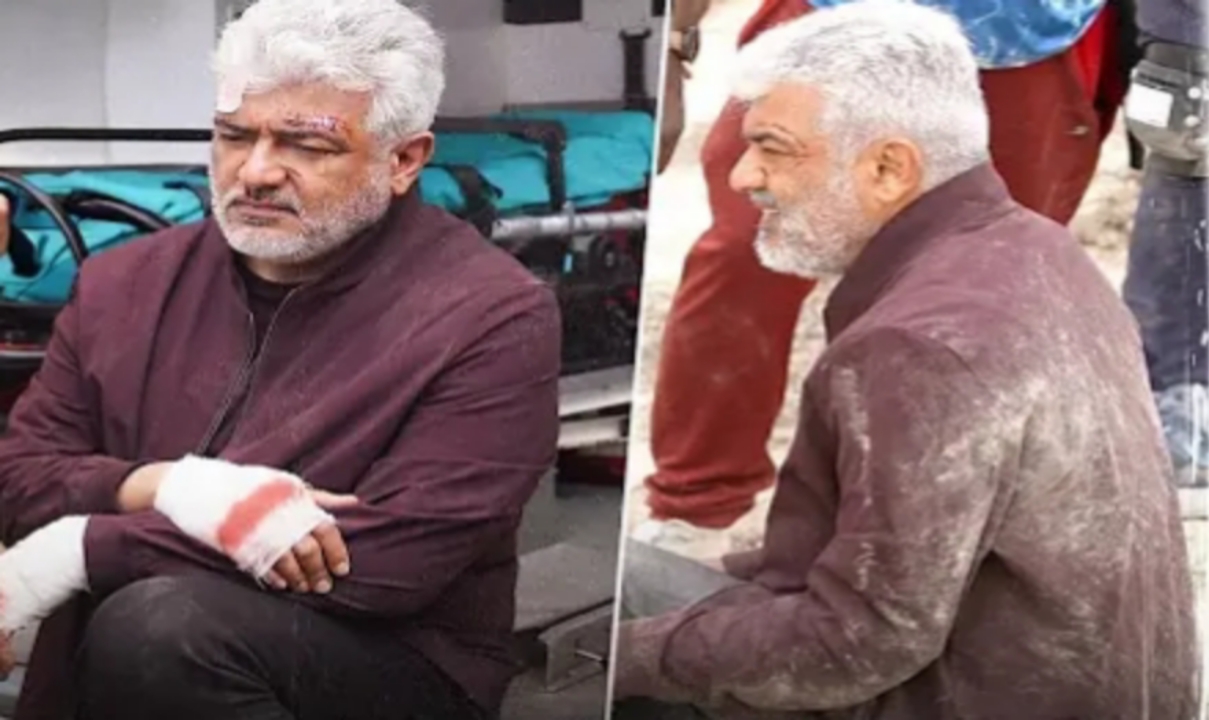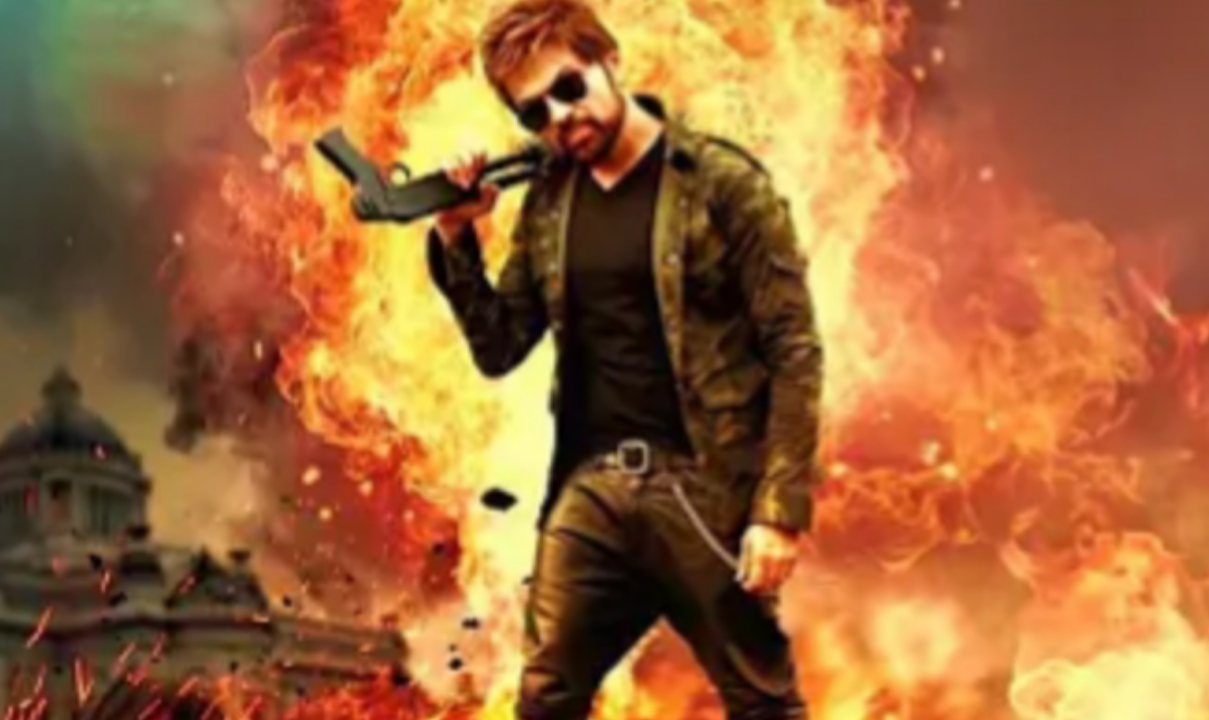What REALLY Happened To Aurangzeb After Sambhaji Maharaj
The Victory Saga of the Maratha Empire: The Sacrifice of Dharmaveer Chhatrapati Shri Sambhaji Maharaj and the Fall of Aurangzeb
The Maratha Empire holds a glorious place in India’s history, where Dharmaveer Chhatrapati Shri Sambhaji Maharaj fought against the tyranny of the Mughals with his courage, sacrifice, and immense patience. The recently released film “Chhava”, starring Vicky Kaushal, has brought this great hero’s life and sacrifice to the forefront. However, the film leaves one lingering question in everyone’s mind –
What happened to Aurangzeb in the end?
Did his dream of establishing “Darul Islam” – an Islamic empire across India – ever come true?
This article will take you through the struggle of the Maratha Empire, Aurangzeb’s defeat, and the unparalleled resurgence of the Marathas after the sacrifice of Chhatrapati Sambhaji Maharaj.
The Sacrifice of Sambhaji Maharaj and the Trial by Fire of the Maratha Empire
Sambhaji Maharaj was captured by Aurangzeb’s forces through a conspiracy. He endured 40 days of the most brutal torture – a fact only partially shown in the film. The reality was far more horrific.
On 12th March 1689, Sambhaji Maharaj sacrificed his life, choosing death over conversion to Islam. After his martyrdom, his younger brother Rajaram Maharaj was declared the next Chhatrapati. However, the Mughals immediately attacked the Raigad fort. To protect her son, Maharani Yesubai ordered Rajaram Maharaj to leave the fort, while she stayed back to defend it.
The Beginning of Maratha Retaliation
Rajaram Maharaj reached the Gingee Fort in Tamil Nadu, from where he led the Maratha forces. During this time, Maratha warriors Santaji Ghorpade and Dhanaji Jadhav adopted guerrilla warfare tactics, cutting off Mughal supply chains.
In 1692, they defeated Mughal general Ali Mardan Khan and later crushed Zulfikar Khan’s army. The Marathas even disrupted Mughal naval supply lines, weakening the enemy’s position.
Aurangzeb’s Failure and the Maratha Victory
The Marathas encircled the Mughals from all sides. By 1705, they recaptured territories like Bhopal and Bharuch. Aurangzeb fought the Marathas for 24 years but ultimately failed.
In his final days, Aurangzeb wrote a letter to his son Azam, expressing his regret:
“I came alone, and I leave alone. I have achieved nothing in my life. My reign has brought only sorrow and despair.”
Restoration of the Maratha Empire
After Rajaram Maharaj’s death in 1700, his wife Rajmata Tarabai took charge. With her sharp diplomacy, she turned many Mughal generals against their own empire.
After Aurangzeb’s death in 1707, the Mughals released Shahu Maharaj from captivity, but they kept Yesubai imprisoned to control the Marathas. However, by 1719, the Marathas freed Yesubai and regained their full strength.
The Golden Era of the Maratha Empire
The sacrifice of Sambhaji Maharaj paved the way for the Maratha Empire to rise again. By the mid-18th century, the Marathas became the dominant power in India, ruling vast territories from the Deccan to the North.
Aurangzeb’s Death and His Fate
Aurangzeb died on 3rd March 1707 in Khuldabad, Maharashtra. As per his final wish, his tomb remains a simple structure – a stark reminder of his failures.
On the other hand, Sambhaji Maharaj is worshipped as “Mrityunjay” (Conqueror of Death), and his sacrifice symbolizes the triumph of righteousness over tyranny.
A Legacy of Sacrifice and Freedom
The sacrifice of Sambhaji Maharaj was not just the sacrifice of an individual – it was the victory of an ideology. His martyrdom reignited the flame of Swadharma and Swarajya, ensuring the fall of the Mughal Empire.
This story teaches us that sacrifices made for one’s faith and nation never go in vain.
Today’s youth must draw inspiration from this glorious history and take pride in their culture and traditions.














